Top China Forwarder specializes in shipping from China to Denmark, offering both sea and air freight solutions for efficient and timely delivery. Our expertise ensures your cargo is handled with care and precision throughout the journey.
With a strong global network and dedicated support team, we provide reliable logistics services tailored to your business needs. Trust Top China Forwarder for seamless, cost-effective shipping from China to Denmark.
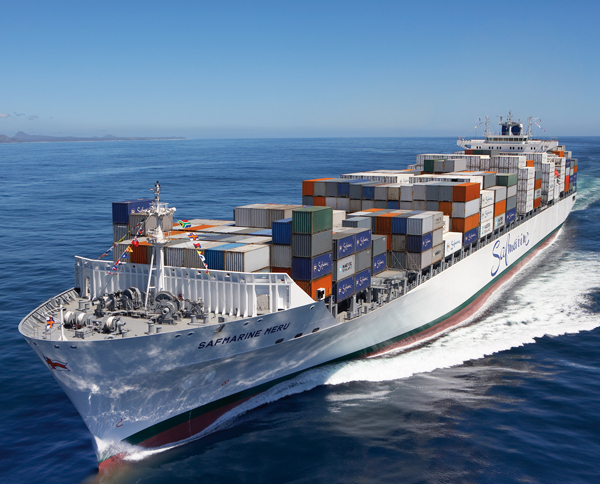
Top China Forwarder offers reliable sea freight services from China to Denmark, providing efficient and cost-effective transportation solutions tailored to your cargo requirements.
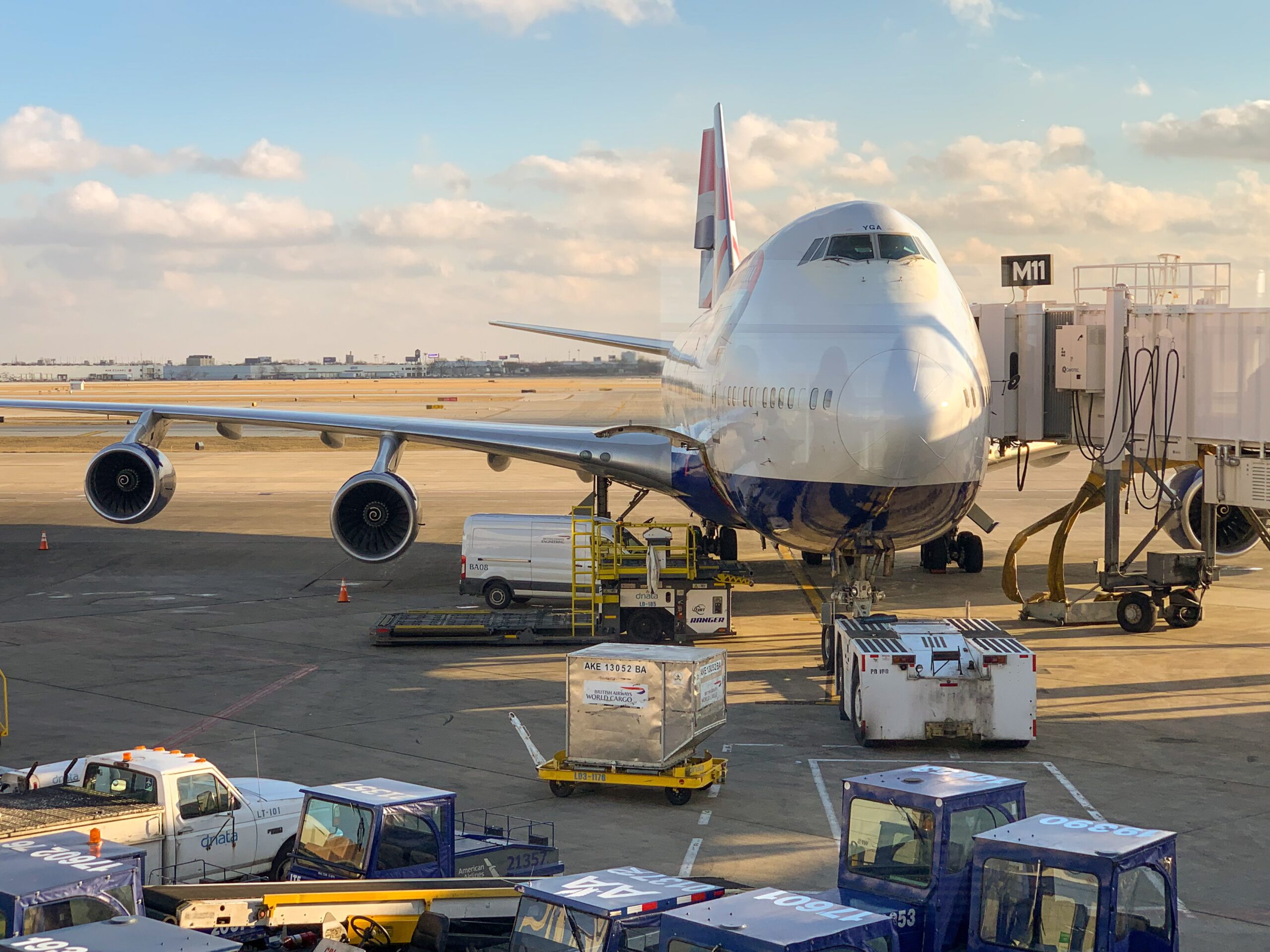
For swift delivery, trust Top China Forwarder's air freight services from China to Denmark, ensuring efficient and timely transportation of your cargo.

Experience efficient rail freight services from China to Denmark with Top China Forwarder, offering reliable and cost-effective transportation solutions tailored to your cargo needs.
Top China Forwarder ensures seamless FCL (Full Container Load) shipping from China to Denmark. With our dedicated team and robust logistics network, we guarantee efficient and reliable transportation for your cargo. Tailored solutions are crafted to meet your specific shipping requirements, ensuring timely delivery and cost-effectiveness. Leveraging advanced technology and industry expertise, we prioritize security and transparency throughout the shipping process. Trust Top China Forwarder for unparalleled FCL shipping services to Denmark, delivering your goods with precision and care, and facilitating smooth international trade operations.
Top China Forwarder offers reliable LCL (Less than Container Load) shipping solutions from China to Denmark. Our tailored services cater to small to medium-sized shipments, ensuring cost-effective and efficient transportation. With a focus on flexibility and quality, we handle your cargo with utmost care, guaranteeing secure transit and timely delivery. Leveraging our extensive network and industry expertise, we provide personalized support to meet your unique shipping needs. Choose Top China Forwarder for dependable LCL shipping services to Denmark, delivering excellence and value for your logistical requirements.

Top China Forwarder offers the most fuel-efficient pickup service across China.
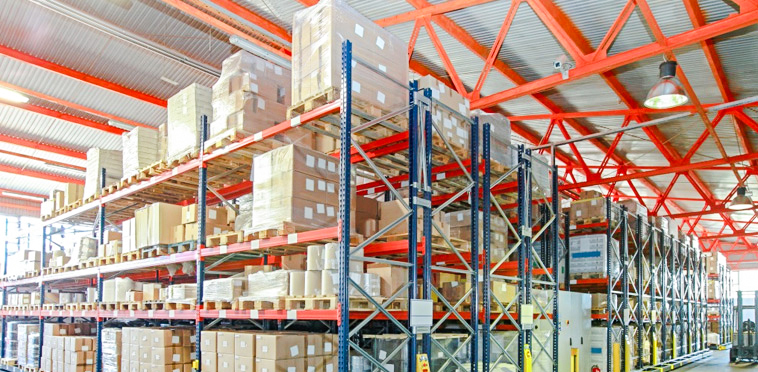
We provide free warehousing services, ensuring secure storage for your goods.
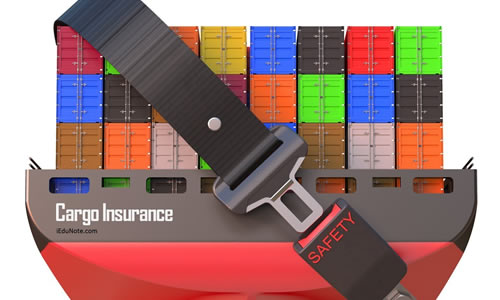
Our cargo insurance protects your goods all the way to any FBA Warehouse, providing peace of mind.

We handle all paperwork and details for smooth customs clearance.
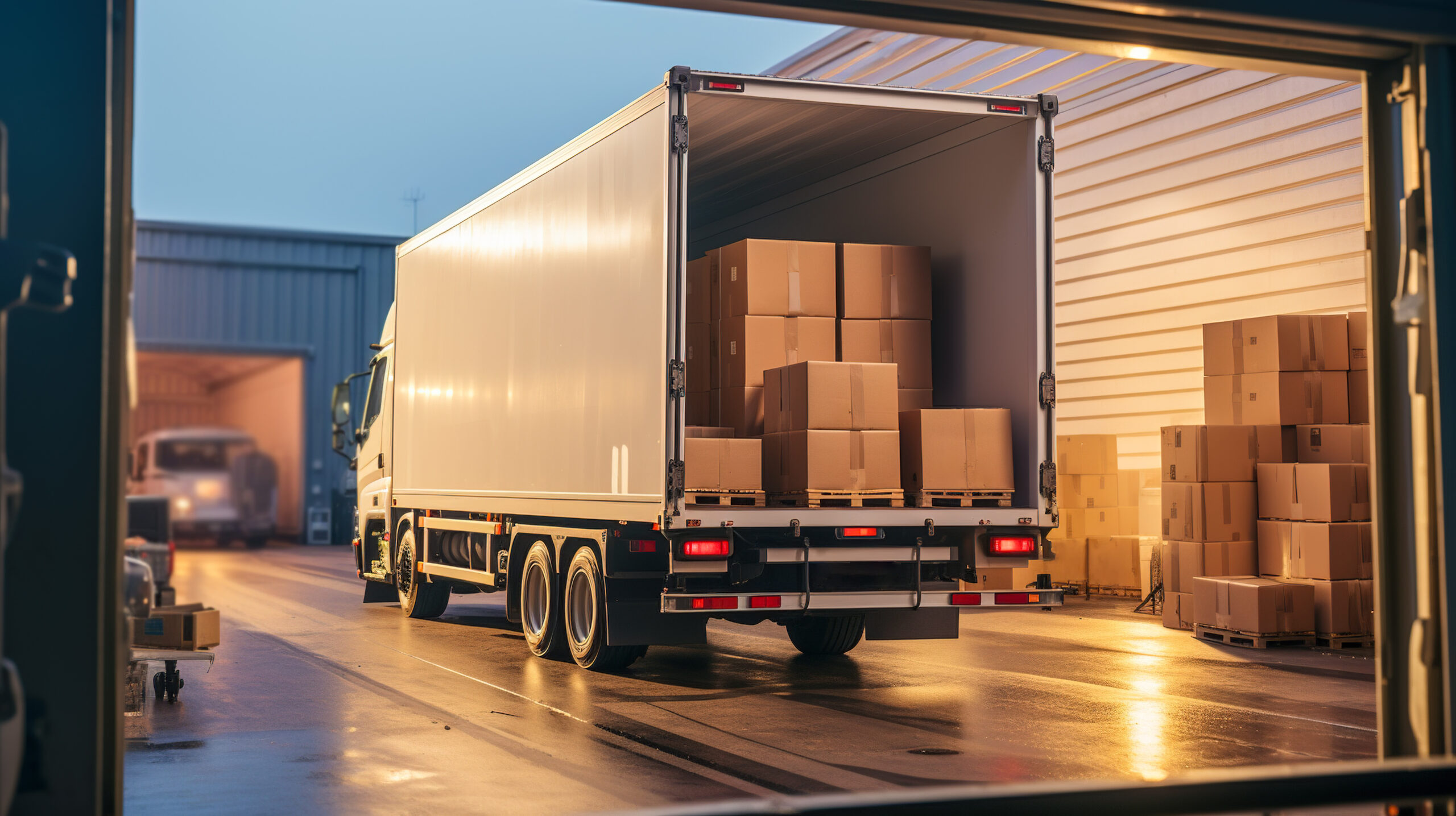
We ensure safe packaging and loading of goods at your suppliers' factories, guaranteeing secure transport.

Dealing with cargo damage during transportation from China to Denmark requires a systematic approach to ensure issues are addressed promptly and effectively. Here’s a detailed guide on how to handle cargo damage:
Immediate Inspection: Upon receiving the shipment, conduct a thorough inspection for any signs of damage. Document the damage with photos and detailed descriptions. Note any discrepancies between the shipment and the packing list.
Notify the Carrier: Contact the carrier or freight forwarder immediately to report the damage. Provide clear details of the damage observed, including photographs and descriptions. This should be done as soon as possible to initiate the claims process promptly.
Document Everything: Keep all relevant documents, including the bill of lading, packing list, and any inspection reports. These documents are essential for filing a claim and proving the extent of the damage.
File a Claim: Follow the carrier's procedures for filing a claim. Typically, this involves submitting a written claim letter detailing the nature and extent of the damage, along with supporting documentation. Include invoices and repair estimates if applicable.
Cooperate with Investigations: The carrier or insurance provider may conduct an investigation to assess the cause and extent of the damage. Cooperate fully with any requests for information or additional evidence.
Review Insurance Coverage: Check your cargo insurance policy to determine if the damage is covered. If so, contact your insurance provider to initiate an insurance claim. Provide them with all necessary documentation and evidence.
Mitigate Further Damage: Take immediate steps to prevent further damage to the cargo. If necessary, arrange for professional handling or storage until the claim is resolved.
Communication: Maintain clear communication with all parties involved, including the carrier, insurance provider, and any recipients of the damaged goods in Denmark. Provide updates on the status of the claim and any actions being taken.
Seek Legal Advice (if necessary): In cases of significant damage or disputes over liability, consider seeking legal advice to understand your rights and options for pursuing compensation.
Preventive Measures: Implement preventive measures to reduce the risk of future cargo damage. This may include improving packaging standards, choosing reliable carriers, and using appropriate handling methods.
By following these steps, you can effectively manage cargo damage during transportation from China to Denmark, ensuring a smoother claims process and minimal disruption to your business operations.
Arranging fast freight service from China to Denmark involves several key steps to ensure timely and efficient delivery of your goods. Here’s a guide on how to arrange fast freight service:
Choose a Reliable Freight Forwarder: Select a freight forwarder with a proven track record of handling fast and reliable shipping services from China to Denmark. Look for experience in expedited shipping and a strong network of carriers.
Specify Delivery Requirements: Clearly communicate your delivery timeline and requirements to the freight forwarder. Ensure they understand the urgency of the shipment and can meet your deadlines.
Select the Shipping Method: Choose an appropriate shipping method based on your timeline and budget:
Prepare Documentation: Gather and prepare all necessary shipping documents, including the commercial invoice, packing list, bill of lading or air waybill, and any required customs declarations. Ensure documents are accurate and complete to avoid delays.
Customs Clearance Preparation: Work with your freight forwarder to ensure all customs clearance requirements are met. Provide accurate information about the goods being shipped to facilitate smooth customs processing in Denmark.
Packaging and Labeling: Properly package and label your goods to ensure they are protected during transit and easily identifiable. Follow international shipping guidelines for packaging to prevent damage.
Track and Monitor: Utilize tracking and monitoring systems provided by the freight forwarder or shipping carrier to keep tabs on your shipment’s progress. This allows you to anticipate any delays and keep stakeholders informed.
Insurance Coverage: Consider purchasing cargo insurance to protect your shipment against loss, damage, or theft during transit. Verify the coverage options with your freight forwarder or insurance provider.
Coordinate Pickup and Delivery: Arrange for pickup of your goods from the origin in China and delivery to the destination in Denmark. Ensure clear communication between all parties involved to avoid logistical hiccups.
Customer Support: Choose a freight forwarder that offers reliable customer support throughout the shipping process. They should be accessible to address any inquiries or issues that may arise.
By following these steps and working closely with a reputable freight forwarder specializing in fast shipping services, you can arrange expedited freight service from China to Denmark efficiently and effectively.
Freight services from China to Denmark often support cargo sorting and packaging as part of their comprehensive logistics solutions. Here’s how they typically handle these services:
Cargo Sorting: Freight forwarders and logistics providers can arrange for sorting your cargo based on destination, type, or other specified criteria. This helps streamline the shipping process and ensures that goods are grouped efficiently for onward transportation.
Packaging Services: Many freight services offer packaging solutions to ensure your goods are properly protected during transit. This may include:
Customized Solutions: Freight services can provide tailored solutions based on your specific needs and requirements. Whether you need specialized handling for fragile items, temperature-sensitive goods, or oversized cargo, they can accommodate these requests.
Value-added Services: Some freight forwarders offer additional value-added services such as quality control inspections, inventory management, and barcode scanning to enhance efficiency and reliability.
Documentation and Compliance: Freight services assist in ensuring all necessary documentation, including customs declarations, invoices, and packing lists, are accurate and compliant with international regulations.
Handling Equipment: They utilize appropriate handling equipment and facilities to facilitate efficient sorting and packaging operations, ensuring goods are prepared for safe transportation.
When choosing a freight service from China to Denmark, inquire about their capabilities in cargo sorting and packaging to ensure they can meet your specific logistics needs effectively. This comprehensive approach helps streamline the shipping process and ensures your goods arrive safely and on time.
Dealing with tax issues on goods imported from China to Denmark requires understanding the relevant taxes and duties, complying with Danish customs regulations, and ensuring proper documentation. Here’s a step-by-step guide to handle tax issues effectively:
Understand Import Duties and Taxes: Familiarize yourself with the types of taxes and duties applicable to imports into Denmark. These may include:
Calculate Estimated Costs: Determine the estimated import duties and taxes applicable to your goods using resources such as Denmark’s customs tariff database or consulting with customs authorities.
Verify Preferential Trade Agreements: Check if your goods qualify for any preferential trade agreements or exemptions from duties under bilateral or multilateral trade agreements between China and Denmark.
Work with a Freight Forwarder: Engage a reputable freight forwarder or customs broker experienced in handling imports to Denmark. They can provide guidance on customs procedures, tariff classifications, and assist with customs clearance.
Prepare Documentation: Ensure all required import documents are accurate and complete:
Submit Declarations: Submit the necessary declarations and documentation to Danish customs authorities electronically or through your freight forwarder. Ensure compliance with all customs formalities and regulations.
Pay Duties and Taxes: Pay the applicable customs duties and VAT upon importation. This can typically be done electronically through the customs authority or your freight forwarder.
Monitor Changes in Regulations: Stay informed about any changes in Danish customs regulations, trade agreements, or tariff rates that may affect your imports.
Seek Professional Advice: Consult with customs experts, tax advisors, or legal professionals for specific advice on complex tax issues or regulatory requirements.
Maintain Records: Keep records of all import-related documents, including customs declarations, invoices, and proof of duty/tax payments. These may be required for audits or future reference.
By following these steps and ensuring compliance with Danish customs regulations, you can effectively manage tax issues on goods imported from China to Denmark, minimizing risks and ensuring smooth customs clearance for your shipments.
Ensuring the timeliness of shipping services from China to Denmark involves careful planning, effective communication, and working with reliable logistics partners. Here are key steps to ensure timely delivery:
Choose a Reliable Freight Forwarder: Select a reputable freight forwarder with a proven track record of on-time deliveries from China to Denmark. Research their reliability, transit times, and customer reviews.
Understand Transit Times: Clarify the estimated transit times for different shipping methods (air freight, sea freight, etc.) offered by the freight forwarder. Choose the method that aligns best with your timeline requirements.
Plan Ahead: Initiate shipping arrangements well in advance to accommodate any potential delays or unforeseen circumstances. Early planning allows for smoother logistics and reduces the risk of shipment bottlenecks.
Clear Communication: Maintain clear and frequent communication with your freight forwarder. Provide accurate information about shipment details, deadlines, and any special requirements.
Use Expedited Services: If timeliness is critical, opt for expedited shipping services such as express air freight or courier services. These services often come with shorter transit times and prioritized handling.
Track Shipments: Utilize tracking and monitoring systems provided by the freight forwarder or shipping carrier. Real-time tracking allows you to monitor the progress of your shipment and anticipate any potential delays.
Customs Preparation: Ensure all customs documentation and requirements are prepared accurately and in advance. Delays at customs can significantly impact delivery timelines.
Address Potential Issues Proactively: Anticipate potential issues such as weather disruptions, port congestion, or transportation strikes. Work with your freight forwarder to develop contingency plans to mitigate these risks.
Evaluate Service Level Agreements: Review the service level agreements (SLAs) provided by your freight forwarder. Understand their commitments regarding delivery timelines and any guarantees offered.
Feedback and Performance Monitoring: Provide feedback to your freight forwarder based on the timeliness and reliability of their services. Monitor their performance to identify any recurring issues and address them promptly.
By following these steps and maintaining proactive management of your shipments, you can enhance the likelihood of timely shipping services from China to Denmark, ensuring your goods arrive on schedule and meet your business needs.
Handling special cargo shipping needs from China to Denmark requires meticulous planning and execution to ensure the safe and efficient transport of various types of goods. Here’s a comprehensive guide on how to handle these needs:
Identify Special Requirements: Determine the specific characteristics and requirements of your special cargo:
Select a Specialized Freight Forwarder: Choose a freight forwarder with expertise in handling your specific type of cargo. Look for experience in managing fragile items, perishable goods, oversized cargo, or dangerous goods. Verify their capability to meet regulatory requirements and ensure safe transport.
Customized Packaging and Labeling: Ensure proper packaging and labeling according to international standards and specific requirements for your cargo type. Use appropriate materials to protect fragile items, provide insulation for perishable goods, and secure oversized or heavy cargo.
Compliance with Regulations: Verify that your cargo complies with all relevant international and local regulations, including customs, safety, and environmental standards. Obtain necessary permits, licenses, and certificates for transporting special cargo, such as hazardous materials declarations.
Transportation Mode and Routing: Choose the most suitable transportation mode (air freight, sea freight, etc.) based on the nature of your cargo and delivery timeline. Select optimal routing options to minimize transit time and ensure efficient delivery to Denmark.
Insurance Coverage: Consider obtaining specialized insurance coverage for your cargo to protect against risks such as damage, loss, or delays. Review insurance policies to ensure they adequately cover the specific risks associated with your special cargo.
Handling and Storage Requirements: Coordinate with your freight forwarder to arrange proper handling and storage throughout the transportation process. Ensure facilities and equipment are suitable for the unique needs of your cargo, including temperature-controlled environments or secure handling facilities.
Communication and Coordination: Maintain clear and open communication with your freight forwarder, suppliers, and recipients in Denmark. Provide detailed instructions regarding the special handling requirements of your cargo and keep all parties informed of shipment progress.
Emergency Response Plan: Develop a contingency plan to address any unexpected issues or emergencies during transportation. Include contact information, emergency procedures, and alternative transportation options if needed to ensure timely resolution of problems.
By following these steps and collaborating closely with experienced professionals, you can effectively manage and ensure the safe and timely shipping of special cargo from China to Denmark. This approach helps minimize risks, comply with regulations, and meet the specific needs of your valuable or sensitive goods.
Ensuring the safety of freight services from China to Denmark involves implementing comprehensive measures to protect goods throughout the transportation process. Here’s a guide on how to ensure safety:
Choose Reliable Freight Partners: Select reputable freight forwarders and carriers with proven track records for safety and reliability. Research their safety protocols, compliance records, and customer reviews.
Secure Packaging: Use appropriate packaging materials and methods to protect goods from damage during transit. Ensure fragile items are securely padded, and use sturdy containers for heavy or oversized cargo.
Insurance Coverage: Obtain adequate insurance coverage for your shipments. This protects against risks such as loss, theft, or damage during transportation. Verify coverage details and consider additional insurance for high-value or sensitive items.
Compliance with Regulations: Ensure all shipments comply with international and local regulations, including customs, safety, and environmental standards. Verify documentation accuracy and completeness to prevent delays or penalties.
Tracking and Monitoring: Utilize tracking technology provided by freight forwarders or carriers to monitor shipments in real-time. This allows you to track progress and promptly address any issues that may arise.
Security Measures: Implement security measures to safeguard shipments against theft or unauthorized access. This may include sealed containers, secure storage facilities, and monitoring during loading/unloading.
Risk Assessment and Planning: Conduct thorough risk assessments for potential hazards during transit. Develop contingency plans to mitigate risks, such as adverse weather conditions or transportation delays.
Training and Compliance: Ensure personnel involved in handling and transporting goods receive proper training on safety procedures and compliance requirements. This includes handling hazardous materials and emergency response protocols.
Communication and Transparency: Maintain open communication with freight partners, suppliers, and recipients in Denmark. Provide clear instructions, share shipment details, and address any concerns promptly to ensure smooth operations.
Continuous Improvement: Regularly evaluate and improve safety practices based on feedback, incidents, or industry updates. Implement measures to enhance efficiency, reduce risks, and optimize the safety of freight services.
By following these guidelines and collaborating with experienced professionals, you can enhance the safety and security of freight services from China to Denmark. This proactive approach helps mitigate risks, protect shipments, and ensure reliable delivery of goods to their destination.
Choosing the right freight route from China to Denmark involves considering several factors to ensure efficient and cost-effective transportation of your goods. Here are steps to help you select a suitable freight route:
Evaluate Transportation Modes: Determine whether air freight, sea freight, or a combination (multimodal transport) best suits your needs:
Consider Transit Times: Assess your shipment’s urgency and desired delivery timeline. Compare estimated transit times for different transportation modes and routes to ensure they align with your schedule.
Cost Analysis: Evaluate overall transportation costs, including freight charges, handling fees, insurance, and customs duties. Balance cost considerations with service level requirements to optimize your logistics budget.
Distance and Geography: Factor in geographical proximity, transportation infrastructure, and potential logistical challenges (e.g., weather conditions, port congestion) along different routes.
Service Reliability: Research the reliability and performance history of freight carriers, shipping lines, and logistics providers operating on your chosen route. Look for testimonials, customer reviews, and on-time delivery records.
Customs and Regulatory Considerations: Understand customs regulations, import/export requirements, and any trade agreements affecting your shipment. Choose routes and carriers familiar with these regulations to avoid delays or compliance issues.
Infrastructure and Handling Facilities: Ensure the chosen route has suitable infrastructure and handling facilities for your cargo type (e.g., temperature-controlled storage for perishables, specialized equipment for oversized items).
Environmental Impact: Consider environmental factors such as carbon emissions and sustainability practices associated with different transportation modes. Choose routes that align with your company’s environmental policies and goals.
Flexibility and Scalability: Select a freight route that offers flexibility to accommodate changes in shipment volume, frequency, or destination. Ensure scalability to support future growth and evolving business needs.
Consultation with Logistics Experts: If unsure, consult with experienced logistics professionals or freight forwarders. They can provide insights, recommend optimal routes, and assist in navigating complex logistics challenges.
By carefully evaluating these factors and prioritizing your specific requirements, you can choose a freight route from China to Denmark that optimally meets your transportation needs, ensuring efficient, reliable, and cost-effective delivery of your goods.
Freight services from China to Denmark typically support regular shipping schedules to accommodate various business needs. Here are key aspects to consider regarding regular shipping schedules:
Scheduled Departures: Freight forwarders and shipping lines often offer scheduled departures for both air and sea freight shipments from major ports in China to Denmark. These schedules provide consistency and predictability in transit times.
Frequency of Services: Depending on the transportation mode (air or sea), there may be multiple weekly departures for popular routes between China and Denmark. This allows flexibility in choosing a shipping schedule that aligns with your production or supply chain requirements.
Service Options: Freight services offer different service levels, such as standard (economical) and expedited (faster) options. This variety enables businesses to select a shipping schedule based on their urgency and budget constraints.
Reliability: Established freight carriers maintain reliable service operations with consistent adherence to scheduled departures and arrivals. They prioritize maintaining service reliability to meet customer expectations and minimize disruptions.
Booking and Planning: Plan shipments in advance to secure space on preferred departures. Booking early helps ensure availability, especially during peak shipping seasons or when demand is high.
Communication and Updates: Freight service providers maintain communication channels to keep customers informed about shipping schedules, transit times, and any changes or delays. This transparency helps businesses plan effectively and manage expectations.
Customized Solutions: Some freight providers offer customized shipping solutions tailored to specific customer needs, including regular shipping schedules that support ongoing supply chain operations.
When selecting a freight service from China to Denmark, inquire about their regular shipping schedules, transit times, and service reliability to ensure they meet your business requirements for timely and consistent delivery of goods.
Dealing with packaging requirements for goods shipped from China to Denmark involves ensuring that your products are properly protected, compliant with international standards, and ready for safe transport. Here’s a guide on how to manage packaging effectively:
Understand International Standards: Familiarize yourself with packaging regulations and standards applicable to goods exported from China to Denmark. This includes requirements for packaging materials, dimensions, labeling, and handling instructions.
Select Appropriate Packaging Materials: Choose packaging materials suitable for your product type and transportation mode (air freight, sea freight, etc.). Consider factors such as durability, cushioning properties (for fragile items), and environmental considerations.
Protective Packaging: Use appropriate cushioning materials (e.g., bubble wrap, foam inserts) to protect goods from impact and vibration during transit. Secure items within containers or boxes to prevent movement and minimize damage.
Packaging Integrity: Ensure packaging is structurally sound and capable of withstanding handling, stacking, and environmental conditions encountered during shipping. Reinforce corners and edges of boxes, especially for heavy or irregularly shaped items.
Labeling and Documentation: Clearly label packages with essential information including:
Compliance with Customs Requirements: Verify specific packaging requirements mandated by Danish customs authorities, such as restrictions on certain materials or labeling specifications. Ensure all necessary documentation (e.g., commercial invoice, packing list) is accurate and accessible for customs clearance.
Environmental Considerations: Choose sustainable packaging options where possible to minimize environmental impact. Opt for recyclable or biodegradable materials and comply with regulations regarding packaging waste management.
Testing and Quality Assurance: Conduct testing or quality checks on packaging materials and methods to ensure they meet durability and safety standards. Test packaging resilience against anticipated shipping conditions and make adjustments as needed.
Consult with Logistics Experts: Seek advice from freight forwarders or logistics professionals experienced in shipping from China to Denmark. They can provide guidance on optimal packaging solutions based on product type, shipping method, and regulatory requirements.
By adhering to these guidelines and taking proactive steps to meet packaging requirements, you can ensure that your goods are securely packaged for shipping from China to Denmark. This approach helps minimize risks of damage, delays, and compliance issues, facilitating smooth transit and delivery of your products to their destination.
I chose Top China Forwarder as I had confidence that would would deliver a great service. From when I booked to when the car arrived everything was easy. I could keep updated on progress with the tracking device. It was quick, efficient and the contact I had to get documents for pick up was no fuss and professional. It was a great experience.
I am a lot of satisfied with crafted by Top China Forwarder. Each shipment was finished so rapidly with no single harm to the items. Likewise, their cargo rates were overly low, and they have an exceptional client care unit.
Initially I doubted their commitment whether they’ll be able to deliver it on time but they actually delivered it two days before the commitment. The executive was also very understanding. I received my items in a perfect state! Everyone should work with them.